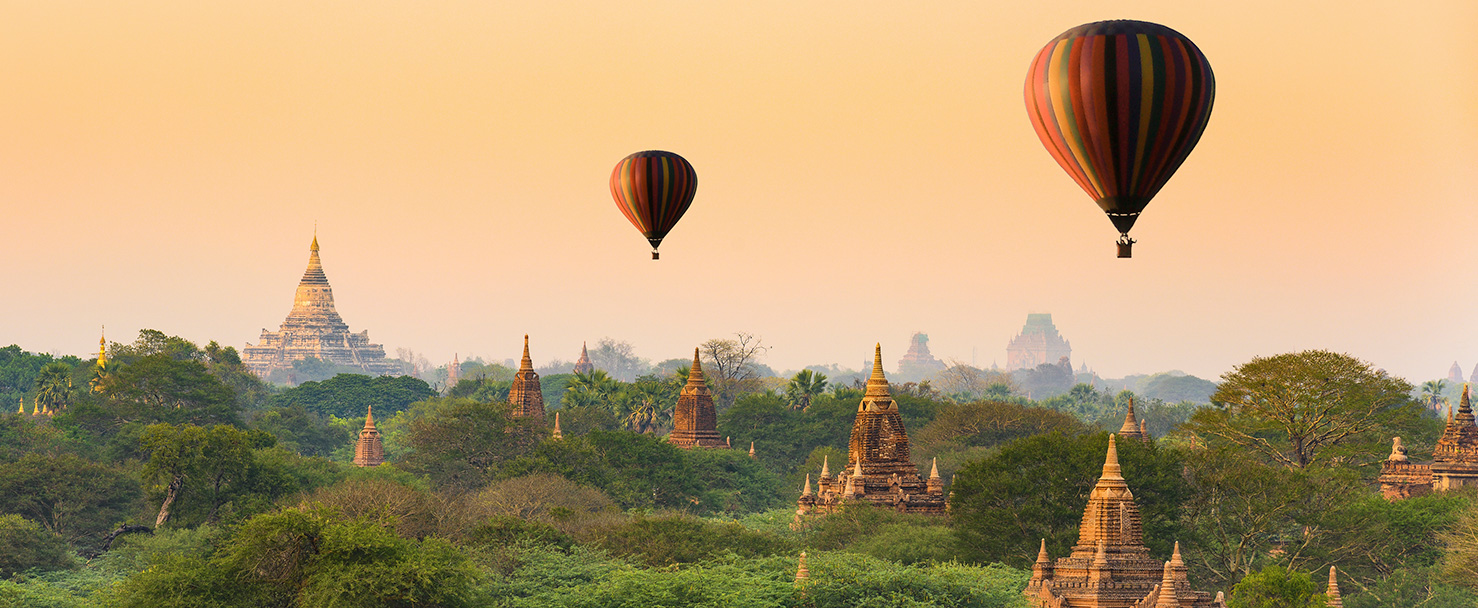When It Comes to Experiences, Travelers Want It All
U.S. tourists crave both crowd-pleasing activities and those that are more tailored.
Experiential travel is far from a new phenomenon, but it is still going strong. Phocuswright’s recent report, Experiences 2019: U.S. Travel Activities Market Opportunity and Consumer Behavior, details the continued growth of experiential travel and provides a breakdown of what American travelers want out of their vacations. The study, covering travel during 2018, includes a consumer research survey fielded to more than 1,000 participants across the U.S. Seventy percent say available activity options are important when they decide where to go, and more than a third start researching activities before booking any other trip elements. These “active travelers” are a pivotal market segment, spending more on travel than the average traveler.
The key findings of this report reveal that active travelers want it all. “A wide array of traveler types and desires seek out an equally wide array of travel activities,” says Eugene Ko, senior manager of marketing and communications at Phocuswright. Not easily categorized into a single type, active travelers want to experience both classic sites that hold mainstream appeal and niche options that are far from ordinary. Thus, travelers engage in multiple activities per trip; last year, the median number was six.
The study also uncovers the specific types of experiences that travelers seek out when planning vacations. Larger attractions such as natural and historic landmarks and museums draw the most visitors, but more-specialized cultural tours, adventure activities, and performing arts experiences are also highly appealing. Though active travelers have varied interests, they are most likely to define themselves as city explorers, family vacationers, or foodies.
All this is good news for the hospitality industry. Since many guests participate in multiple activities per trip, resorts have several opportunities to please the traveler. Creating amenities, programming, or packages that include a variety of experiences and are strategically discoverable online—where most travelers research and book travel—is one way to attract active travelers.




